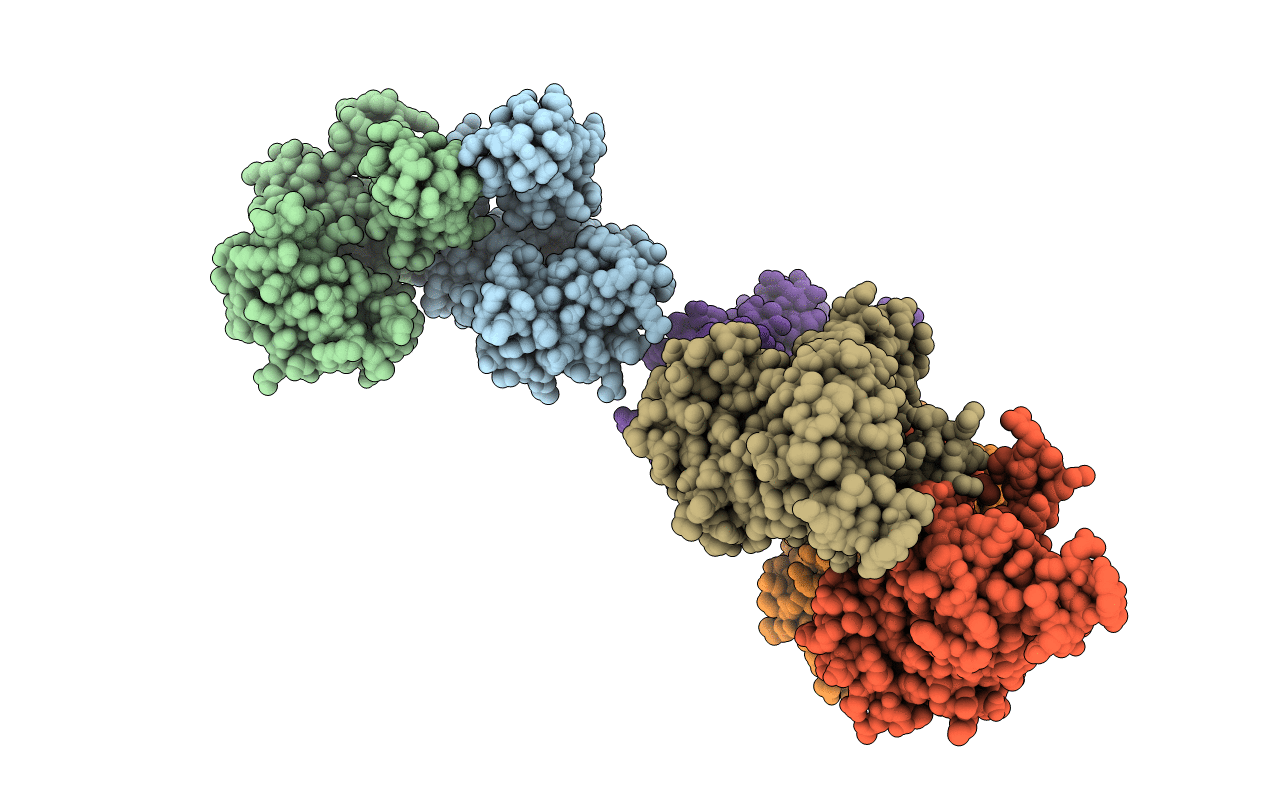
Deposition Date
2002-05-20
Release Date
2003-05-27
Last Version Date
2024-02-14
Entry Detail
PDB ID:
1LTL
Keywords:
Title:
THE DODECAMER STRUCTURE OF MCM FROM ARCHAEAL M. THERMOAUTOTROPHICUM
Biological Source:
Source Organism:
Methanothermobacter thermautotrophicus (Taxon ID: 145262)
Host Organism:
Method Details:
Experimental Method:
Resolution:
3.00 Å
R-Value Free:
0.29
R-Value Work:
0.24
Space Group:
H 3 2


